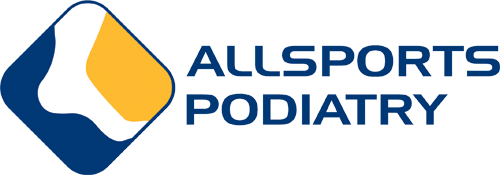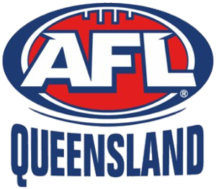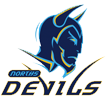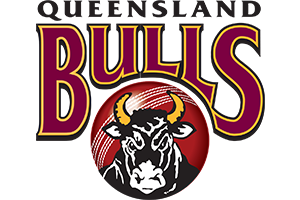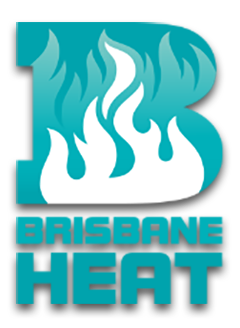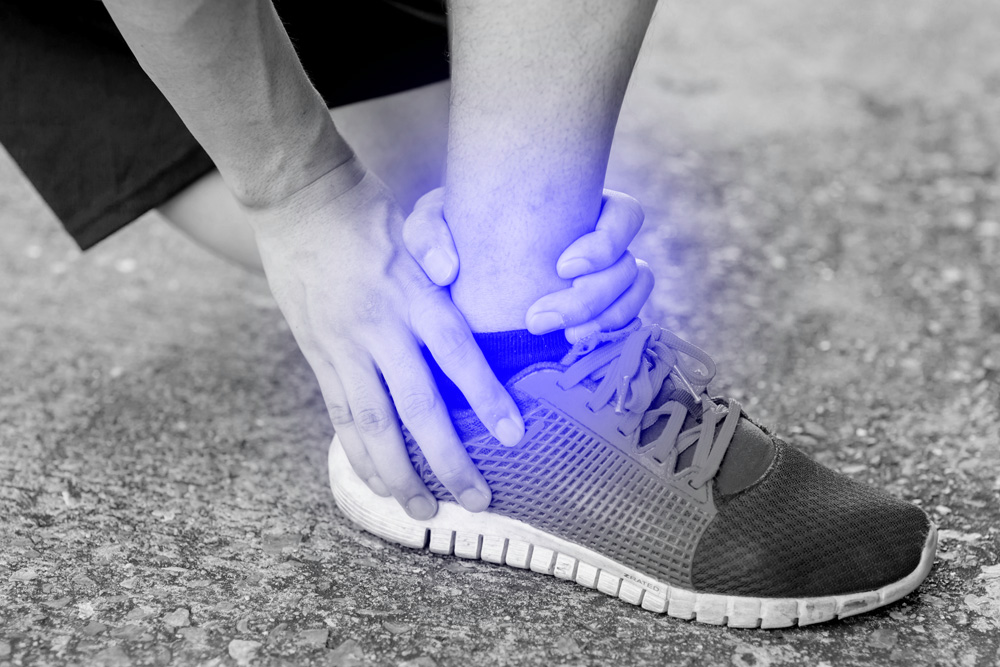
What is Sever’s disease?
Sever’s disease is an acute injury to the growth plate at the back of the heel common in young athletes. It is most common between the ages of 10-12.
How does Sever’s disease occur?
The calf muscle has a common tendon (Achilles tendon) that inserts into the posterior aspect of the heel bone. The function of the Achilles tendon is to help transmit forces produced by the calf muscle to the heel bone. In children, there is a growth plate located where the Achilles tendon inserts into the heel bone. During periods of rapid growth the calf muscle and Achilles tendon becomes tighter causing excessive forces through the growth plate. Forcible and repeated contraction of the calf muscles (i.e. exercise) can injure the growth plate causing pain.
What are the symptoms of Sever’s disease?
Pain is experienced through the back of the heel where the Achilles tendon inserts into the heel bone and there is usually more pain during and after exercise. The back of the heel can be tender to touch and there may be some localised swelling.
What are the causes of Sever’s disease?
- Excessive tightness through the calf complex
- Weakness through the calf complex
- Poor foot biomechanics (excessive pronation)
- Over training
- Playing sport on hard surfaces
- Inadequate footwear
Treatment
 Rest
Rest- Activity modification
- Icing
- Anti-inflammatory gel
- Foot taping
- Padding
- Heel raises (for short term relief)
- Soft tissue treatment (massage and stretching)
- Calf and Achilles strengthening
- Orthotic therapy

